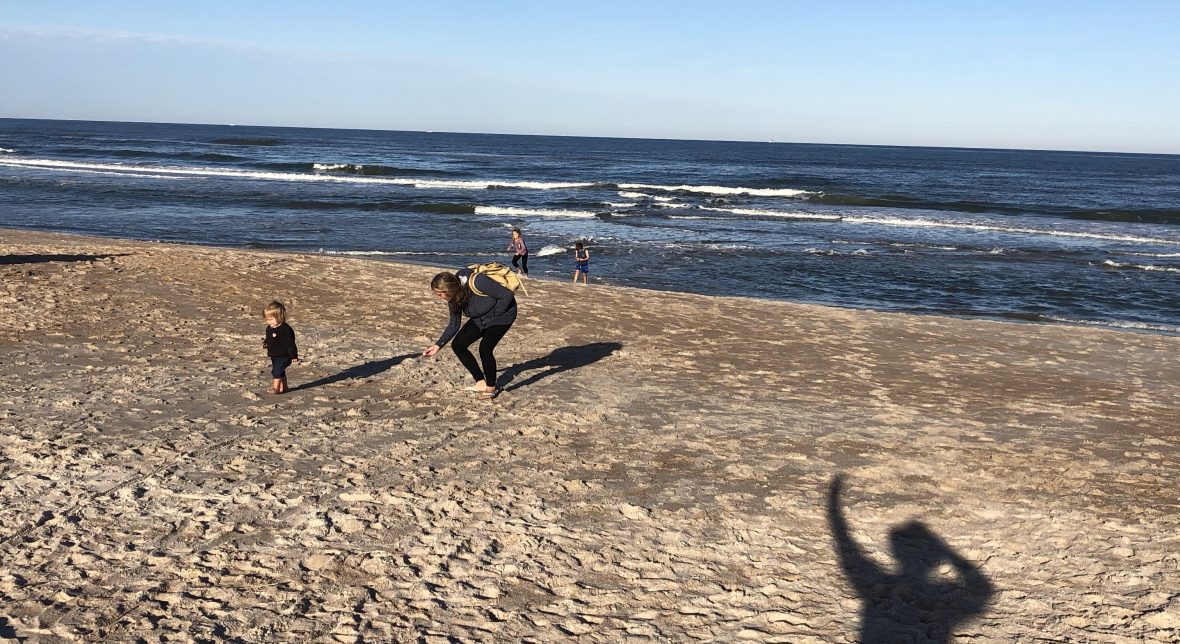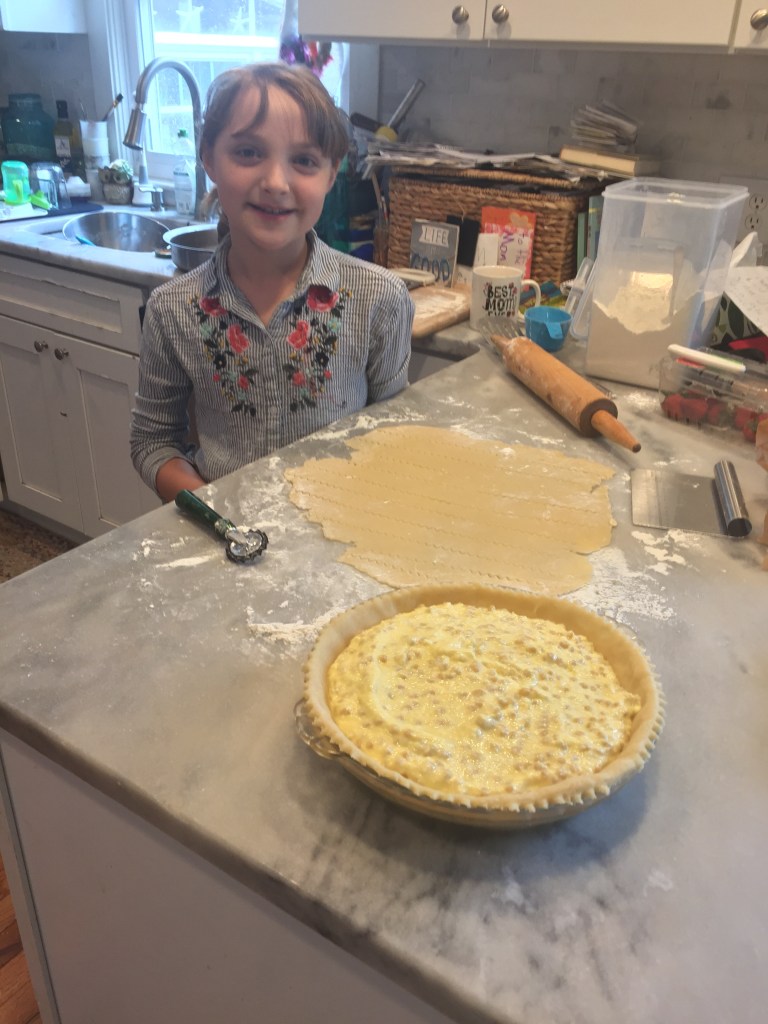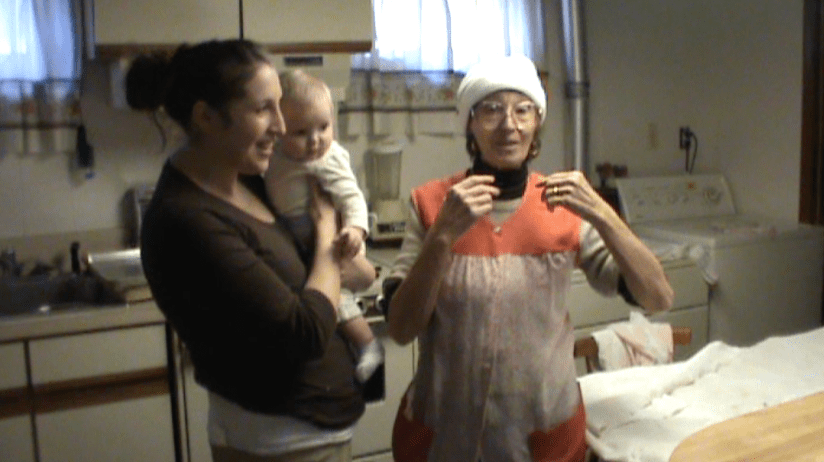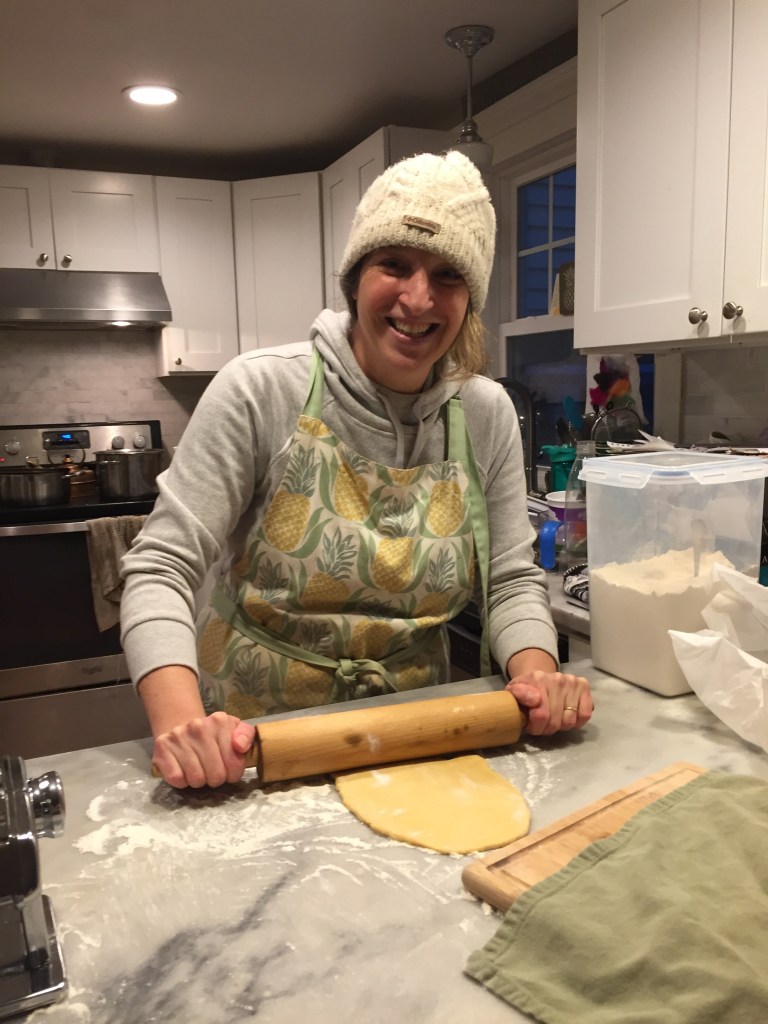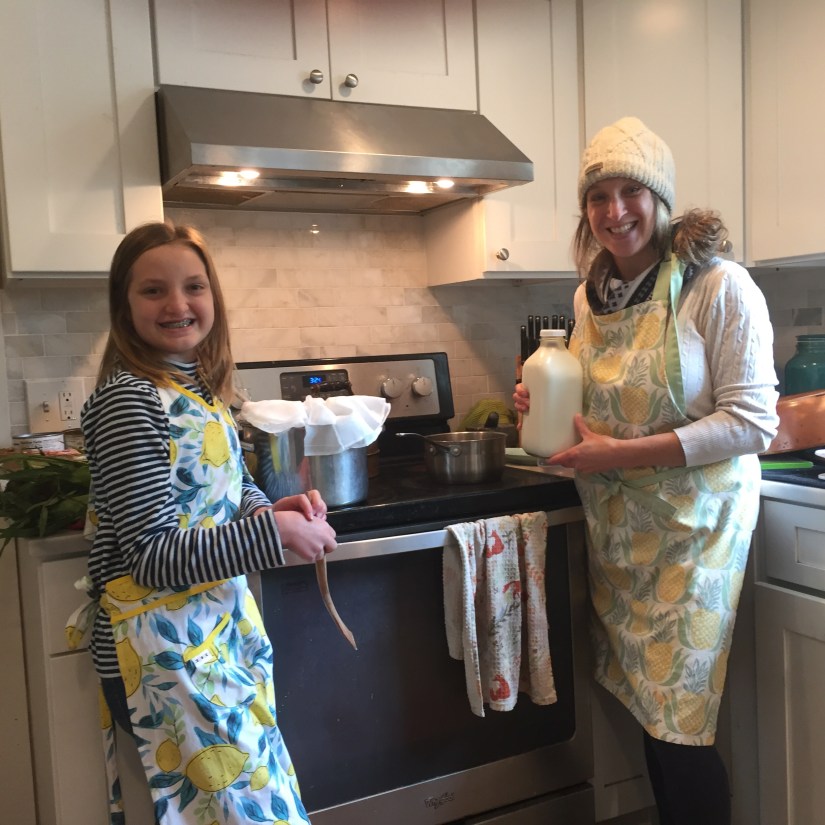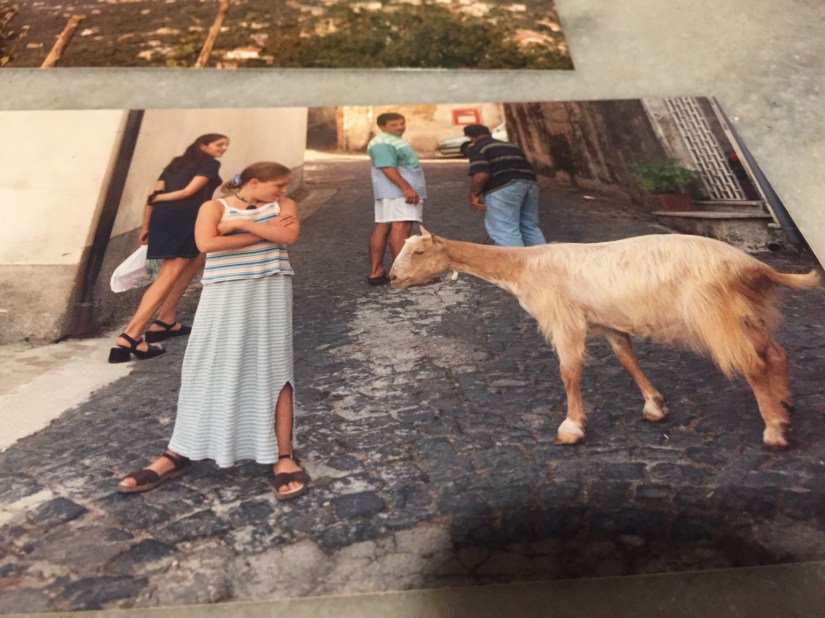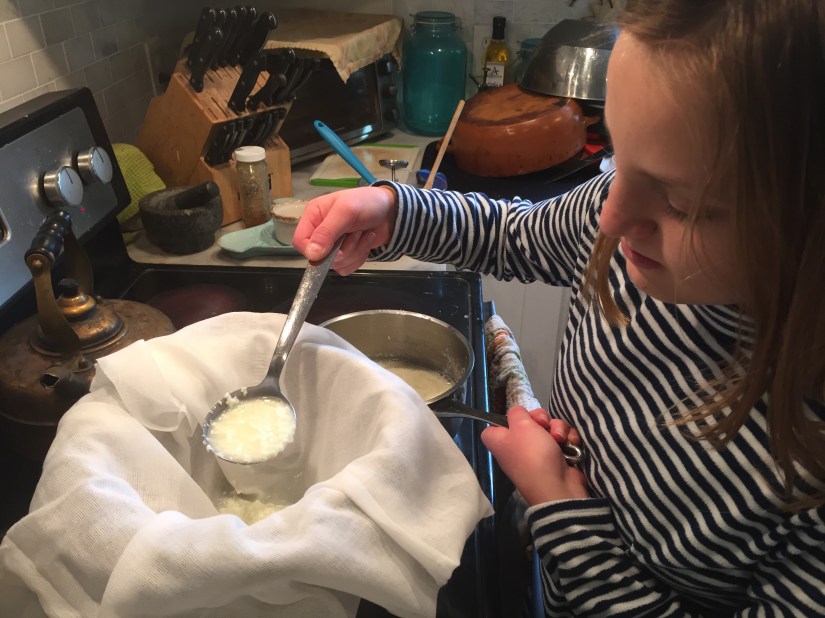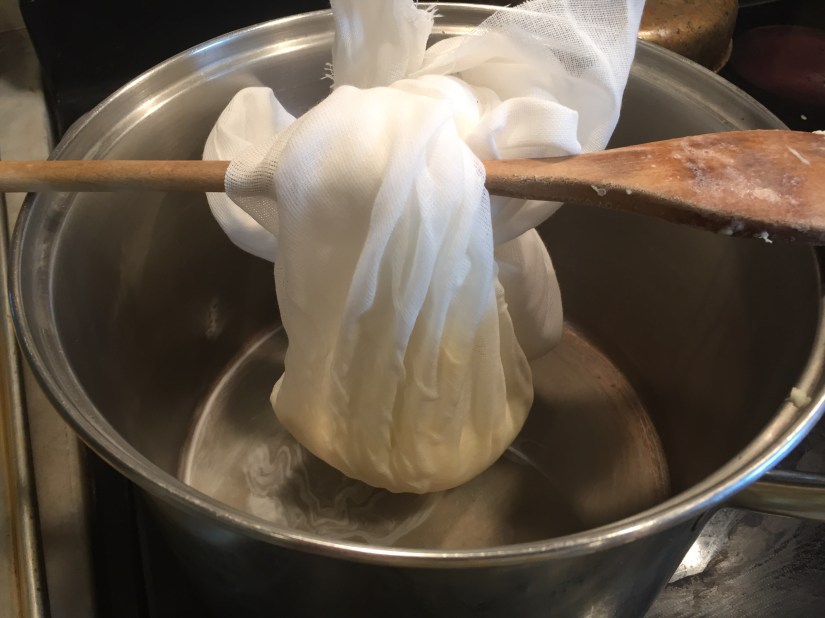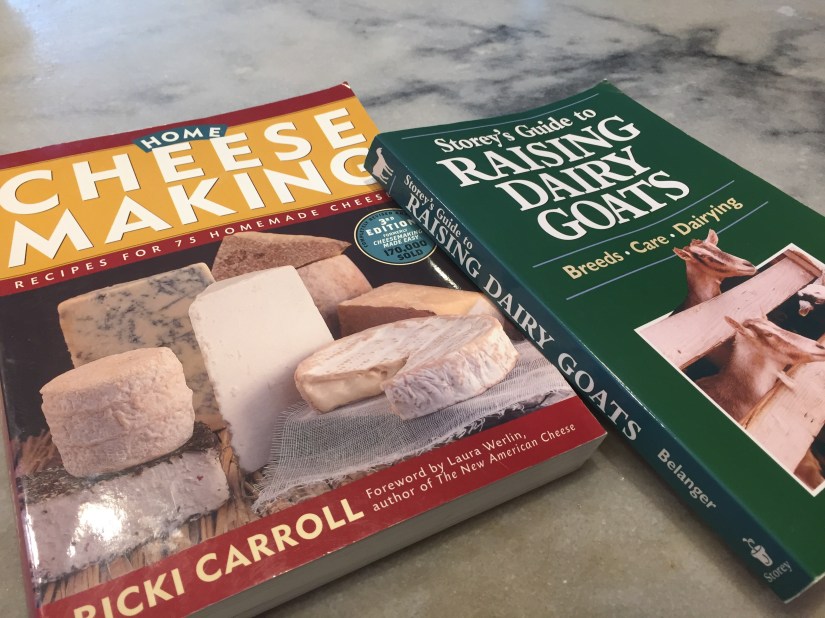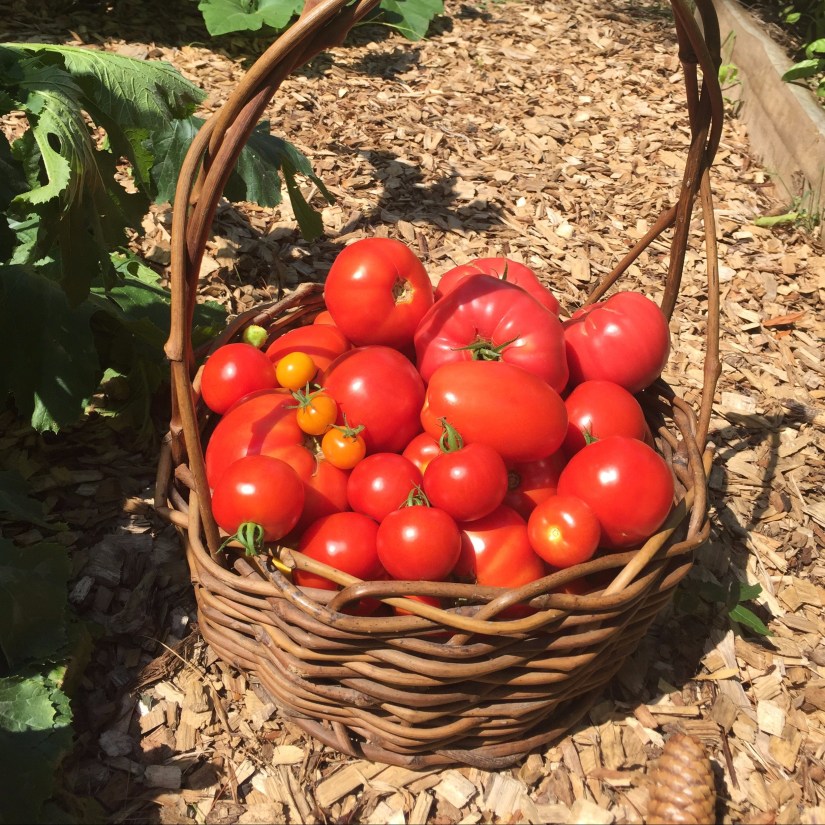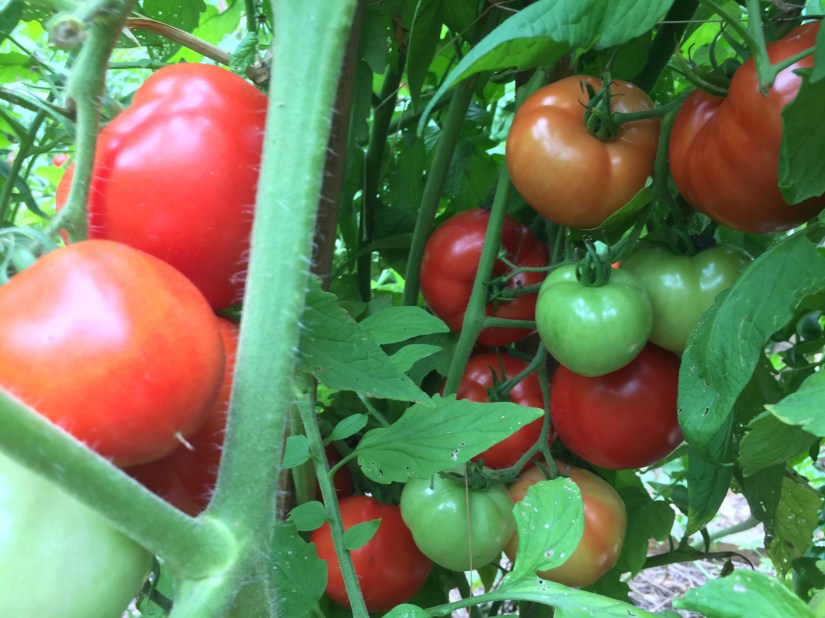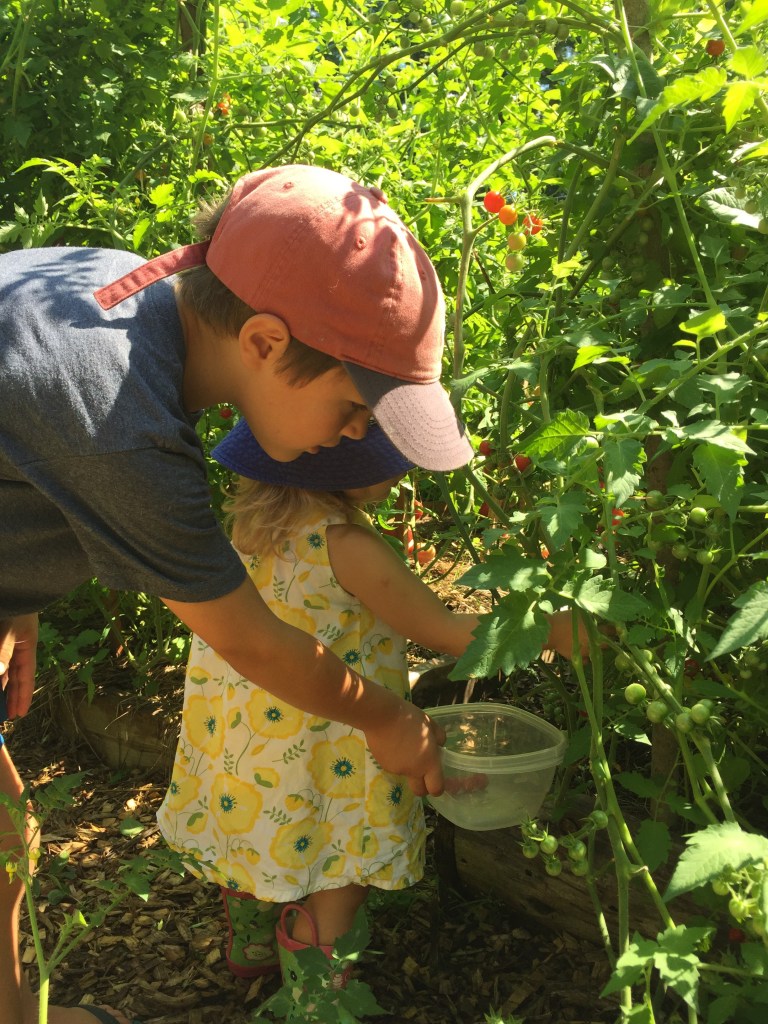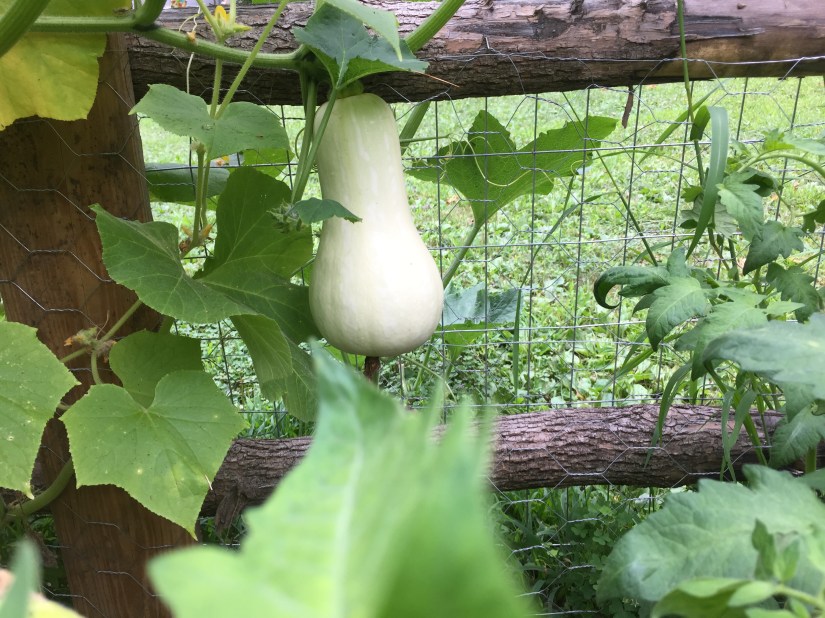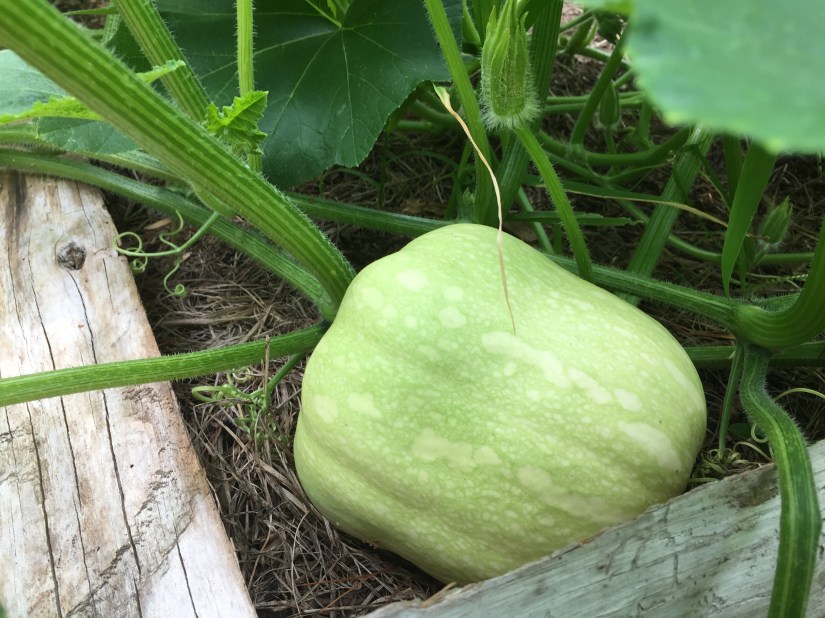
Spring; A time for Reflection, Renewal, Rebirth and JOY!
Our house is a buzz with Spring Feaver! Spring has sprung; crocuses and daffodils are springing up in the garden beds, buds are popping out on the trees, garden seeds are getting started indoors, the chickens are laying eggs again, baby goats are being born on the farm across the street, it is a time of renewal, rebirth and joy! After a long winter and a time of great reflection, the earth reminds us that brighter days are ahead.
Dying eggs for Easter is an age old tradition. In some European countries children place fresh leaves onto the eggs wrap them in gauze, tie a string around it and place it in a pot of boiling water and onion skins. When unwrapped the beautiful image of the leaves are impressed onto the eggs. It is no surprise that eggs, symbolic of new life, have become tied to the Easter theme of rebirth. Many European cultures dye the eggs red to symbolize the blood of Christ and serve the hard boiled eggs with their Easter meals. We have tried many different egg dying techniques over the years and a favorite around here at the moment is dropping bits of crayon shavings onto the hot eggs to melt into beautiful, bright colors spread across the egg and then dip them in some food coloring and vinegar water to add an added splash of color and joy in honor of spring.

Butterscotch Birds Nests
These are a tradition around here to celebrate spring and Easter. They are a favorite from my childhood and a no-bake treat that my kids look forward to making every year!
Ingredients:
- 1/2 Cup Chocolate chips
- 1/2 Cup Butterscotch chips
- 3 Cups Chow Mein Noodles
- Cadbury mini Easter egg candy
Directions:
- Melt chocolate & butterscotch chips in a double boiler on the stove top
- When chocolate mixture is melted, add the chow mien noodles and mix
- Line a muffin tin with cupcake paper and spoon small scoops of noodle mixture in nest like shapes into tin
- Place Cadbury eggs in center and let cool
Lily making Italian Easter Wheat Pie “Pastiera di Grano” A favorite from my childhood that my Nonna would make.
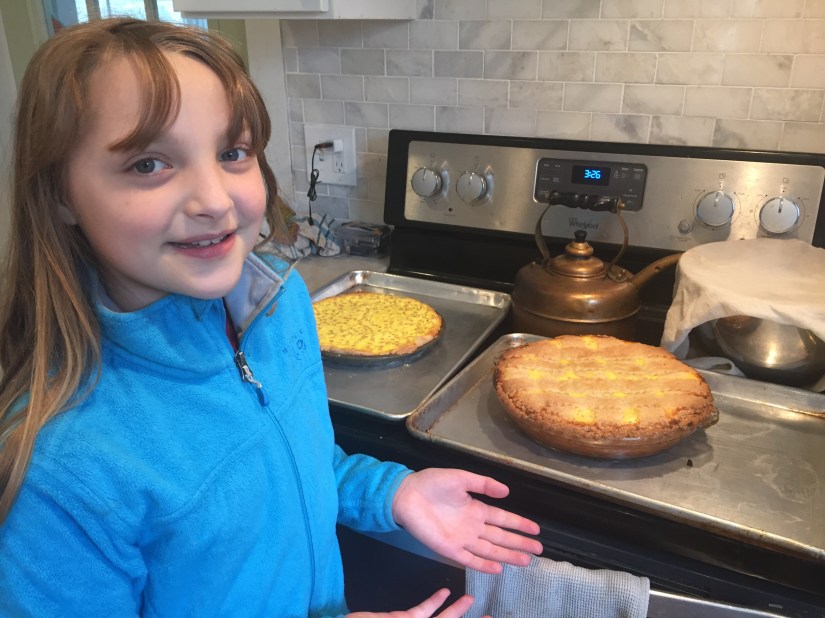
This is a traditional Italian Easter pie made using wheat berries, ricotta, lemon zest, eggs, sugar and vanilla. The taste and smell of it baking brings me back to my childhood Easter gatherings at my Nonna’s house. I haven’t yet mastered making it as good as my Nonna’s and not sure that I ever will, but we’re working on it each year!
A great historical educational program that we really enjoyed watching is Rick Steve’s European Easter. Full of history, tradition and Hope.
Wishing you all a Blessed Easter and a Rejuvenating Spring!
Brighter Days are Ahead!
“The beautiful spring came; and when Nature resumes her loveliness, the human soul is apt to revive also.”
—Harriet Ann Jacobs
